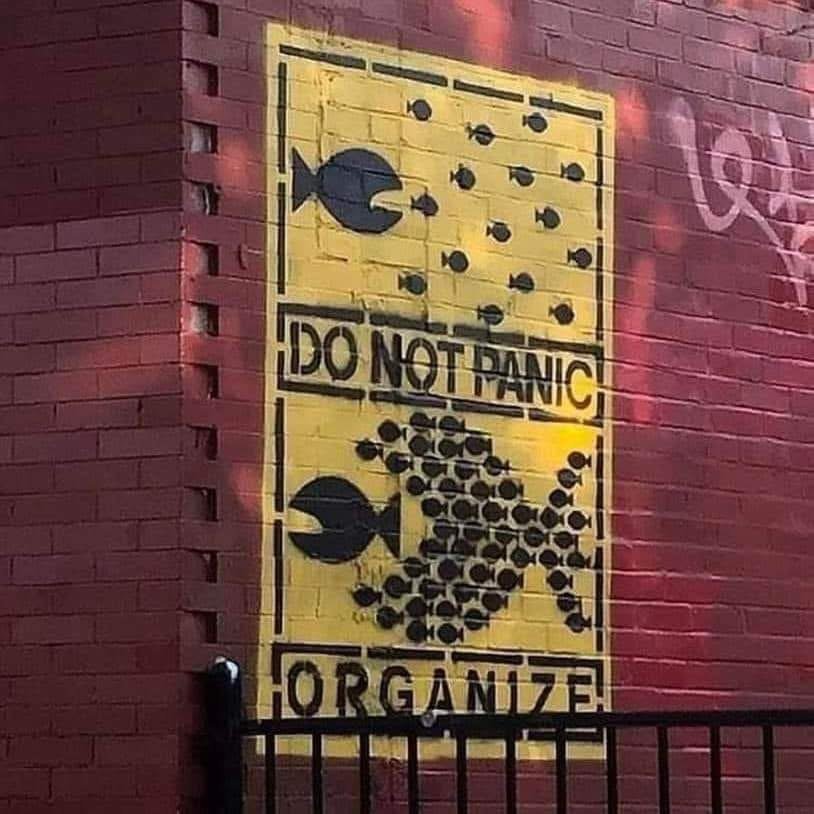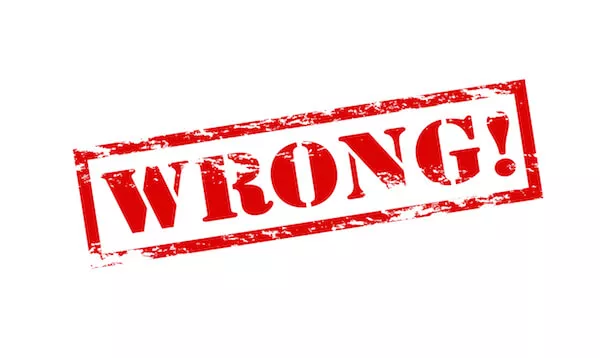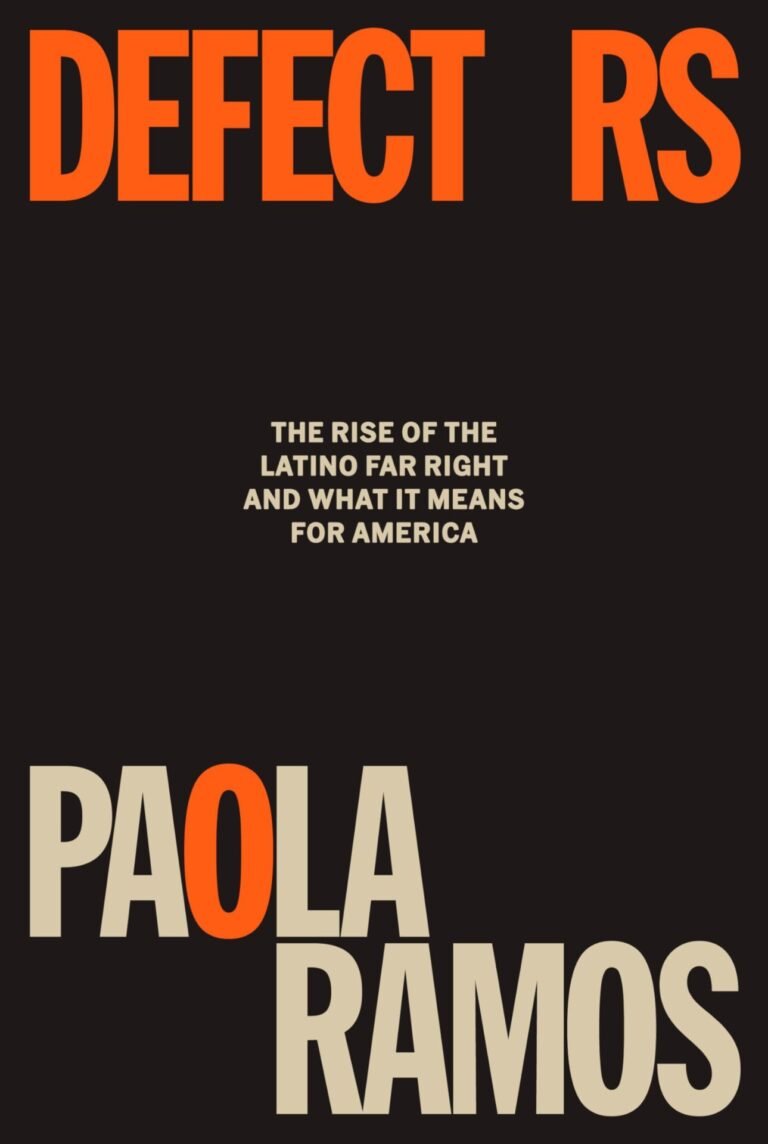Stolen Votes, Stolen Democracy: How Voter Suppression Likely Secured Trump’s Victory
How accurate is the video approximately 6 days after the election? Wake Up. Mobilize.
Emerging evidence suggests that our worst fears about voter suppression may have materialized in the 2024 election. What was once dismissed as speculation is now being bolstered by hard data: the systematic disenfranchisement of voters—particularly from Black and marginalized communities—was not just an unfortunate byproduct of new laws and policies. It appears to have been a calculated strategy that ultimately tipped the scales in Donald Trump’s favor.
The Tools of Suppression: Old Tactics in New Forms
History has shown us that voter suppression is not a relic of the past. What began as Jim Crow-era literacy tests and poll taxes has transformed into restrictive voter ID laws, purges of voter rolls, and intentional reductions in early voting. But the core objective remains the same: to block marginalized voices from the democratic process.
Emerging evidence from the 2024 election highlights the stark reality of these tactics’ effectiveness. Recent investigative journalism suggests that more than 4.7 million voters were purged from voter rolls across the country. Of these, a disproportionate number were voters of color – specifically Black voters.
Similarly, 3.2 million new registrations were rejected or delayed, effectively silencing these citizens before they even reached the polls?. Ballot rejections were another weapon in this arsenal: 2.1 million mail-in ballots and 1.2 million provisional ballots were discarded, often for minor clerical errors—a burden that disproportionately affected Black voters?. While additional sources will be good, the exact figure of 3.2 million rejected or delayed registrations is not directly confirmed, there were significant challenges in registering new voters. Many states reported fewer registered young voters compared to 2020, indicating barriers to new voter registration
Even more alarming, new data reveals that in Georgia alone, “vigilante” voter fraud challenges targeted more than 200,000 individuals, with the overwhelming majority being Black. This orchestrated assault on voting rights was anything but random.
How Suppression Changed the Outcome
The cumulative effect of these suppression tactics likely altered the trajectory of the election! If every legal voter had been allowed to cast their ballot—and if every legitimate vote had been counted—the outcome might have been different. Trump’s margin of victory in key swing states, such as Georgia, Pennsylvania, and Wisconsin, was razor-thin. The sheer scale of disenfranchisement suggests that millions of voters were strategically blocked from participating in ways that skewed the results?!
To illustrate, a Washington state audit found that Black voters were 400% more likely to have their mail-in ballots rejected compared to white voters. This disparity is not isolated. Studies consistently show that Black voters encounter higher rates of rejection and intimidation at the polls, a reality amplified by state laws like Georgia’s controversial SB 202, which severely restricted mail-in voting and drop boxes in urban, majority-Black areas.
Who Was Silenced?
The primary targets of voter suppression remain Black, Latino, and Indigenous communities. The disqualification of ballots, purges of voter rolls, and targeted challenges have one common denominator: they disproportionately impact voters of color. Bomb threats, which forced polling stations to close in Black-majority neighborhoods like Atlanta, added another layer of suppression that stifled participation on Election Day.
But the impact isn’t limited to the voters directly affected. By creating an atmosphere of fear and distrust, these tactics discourage civic participation across entire communities. Voter intimidation and suppression aren’t just about the numbers—they’re about breaking the spirit of democracy itself.
The Broader Consequences for Democracy
The emerging picture is one of a democracy under siege. The systemic disenfranchisement of marginalized communities strikes at the heart of the electoral process, undermining the legitimacy of the outcomes. When policies and practices are designed to exclude specific groups, the election results themselves become suspect. And we already see how this in emboldening some to start acting aggressively, which is unacceptable and will not be tolerated.
This is not just about who wins or loses an election; it’s about the integrity of the democratic process. As highlighted in the article, “Trump Lost”, voter suppression tactics do not operate in a vacuum. They are part of a larger strategy to consolidate power, often at the expense of the very principles upon which America was founded.
The Path Forward: Confronting the Crisis
If this election has taught us anything, it’s that complacency is no longer an option. The fight against voter suppression requires a multi-pronged approach: legal challenges to restrictive laws, federal oversight of voting practices, and robust grassroots organizing to empower disenfranchised communities.
More importantly, we must recognize voter suppression for what it is—a direct attack on democracy. As evidence continues to mount, it’s clear that our worst fears were not only valid but may have come to pass in 2024. The question now is how we respond.
Reflective Questions
- How can citizens mobilize to demand stronger protections against voter suppression before the next election?
- What steps can be taken to rebuild public trust in the electoral process after such a blatant attack on democratic principles?
The stakes have never been higher. The time to act is now.








